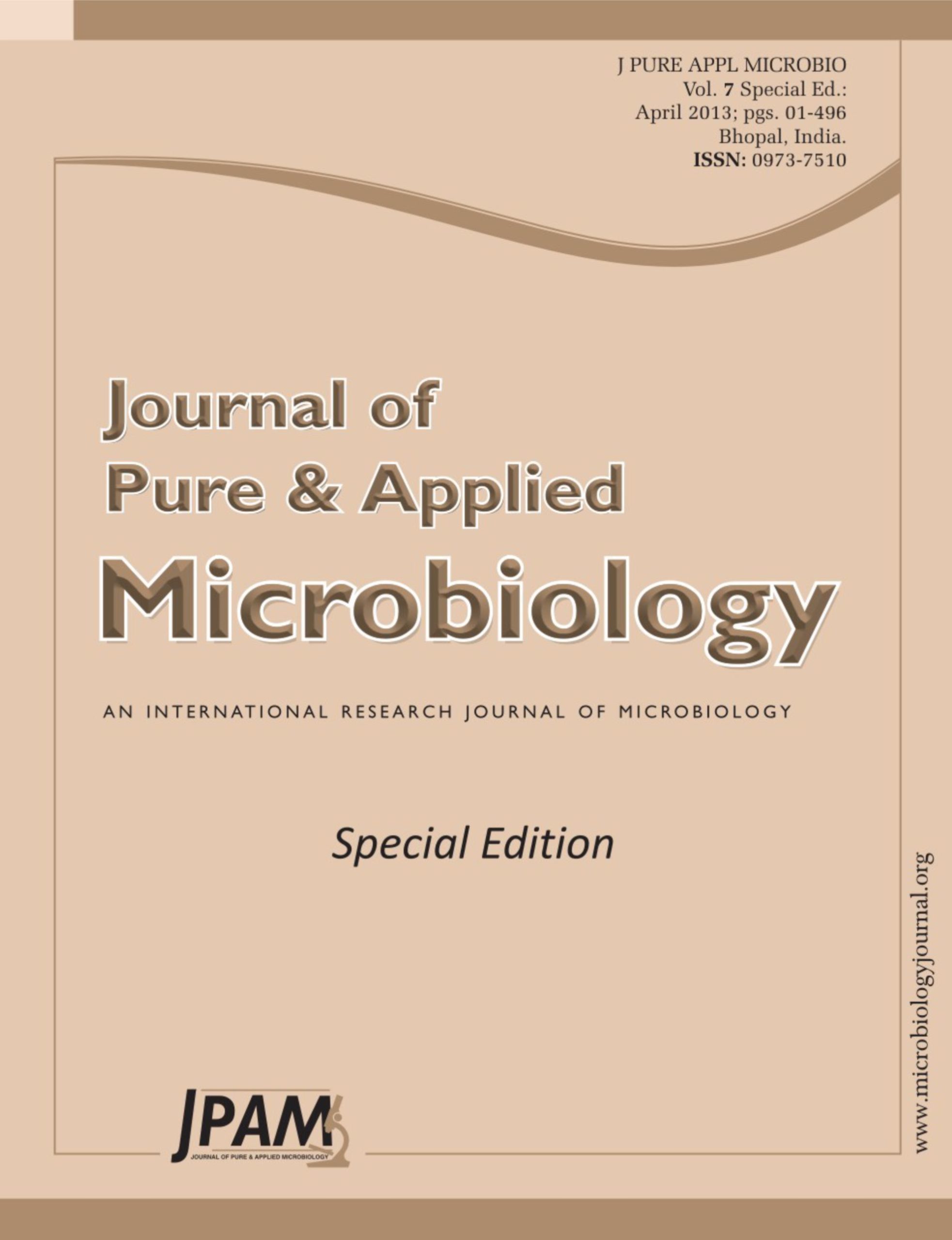Nucleic-acid aptamer is a promising therapeutic reagent. The poor stability of aptamer in vivo limits its application in the field of clinical therapy. Chemical modification can improve the stability of aptamer in serum; however it will bring a risk by the toxic nucleic acid metabolites. Circular aptamer is an attractive choice to improve the stability of aptamer. Here we developed a novelty rolling circle amplification (RCA) method to produce the monovalent circular ssDNA aptamer. In this RCA assay, the digestion reaction mediated by EcoR I was applied to ensure that the monovalent ssDNA aptamer molecules were obtained, the ligation reaction mediated by heat-resisted Taq DNA ligase was also applied to constructed circular aptamer template (caApt), and the digestion reaction mediated by Exonuclease I and III was used to detect and purify the circular ssDNA aptamer. A real-rime RCA also was designed to estimate the efficiency of the cyclization. The result showed that our RCA method can efficiently produced monovalent circular ssDNA aptamer with exonuclease-resistant properties. The RCA method is a simple, fast, low-cost, and easy-to-automated method to prepare monovalent circular ssDNA aptamers.
Aptamer, Stability, Circularization, Rolling circle amplification
© The Author(s) 2013. Open Access. This article is distributed under the terms of the Creative Commons Attribution 4.0 International License which permits unrestricted use, sharing, distribution, and reproduction in any medium, provided you give appropriate credit to the original author(s) and the source, provide a link to the Creative Commons license, and indicate if changes were made.


